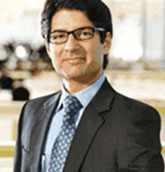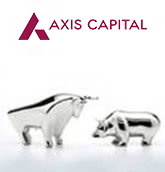- Easy Savings Account
- NRI Prime Savings Account
- Mariner Account
- Priority Account
- Burgundy Account
- National Pension System (NPS)
We use cookies to improve your journey and to personalize your web experience. By continuing to use this site, you are accepting the bank’s cookie policy. I Accept
Banking is now at your fingertips with Axis Mobile! Give a missed call to 8422992272 to receive the download link for Axis Mobile via SMS









 Apply Now
Apply Now
 Apply Now
Apply Now



-v3.jpg)